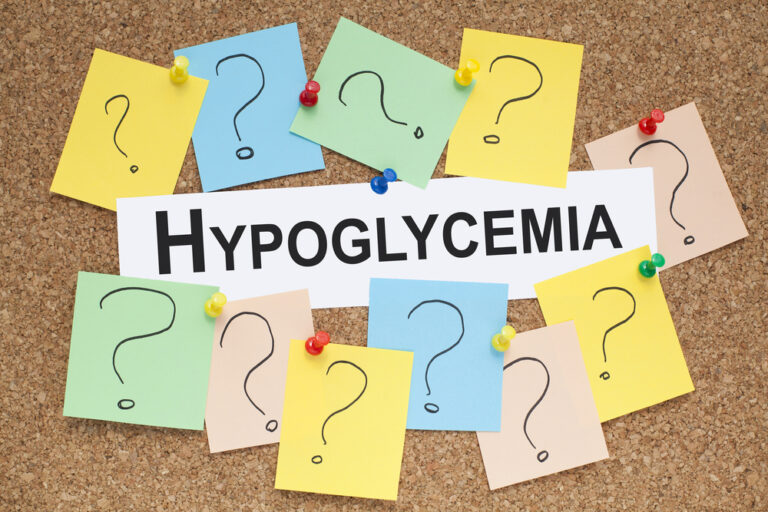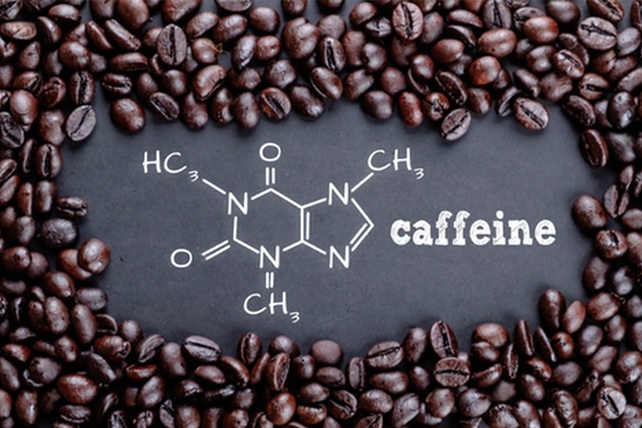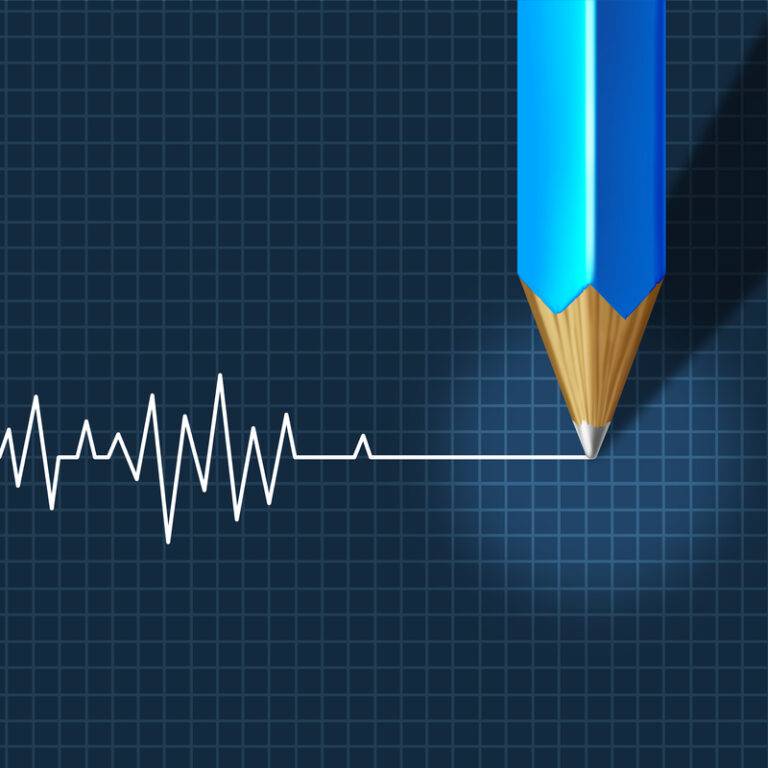Giant Cell Arteritis
Author: Shiela Lupiba
Shiela Lupiba
Category: neutrinos

Giant Cell Arteritis
Giant Cell Arteritis is an inflammatory condition that affects the lining of your arteries. It usually affects the arteries in your head, particularly those in your temples. As a result, it is also known as temporal arteritis.
Temporal arteritis is one of the most common vascular disorders, but it is also a relatively rare condition, affecting only about 5 people out of every 10,000. It usually affects people over the age of 50, and women are more likely to be affected than men.
Cause
The lining of the arteries becomes inflamed in giant cell arteritis, causing them to swell. This swelling constricts your blood vessels, limiting the amount of blood and thus oxygen and vital nutrients that reaches your body’s tissues.
Almost any large or medium-sized artery can be swelling, but swelling in the temple arteries is most common. These are located just in front of your ears and extend all the way up into your scalp.
It’s unclear what causes these arteries to become inflamed, but it’s thought to involve abnormal immune system attacks on artery walls. Certain genes and environmental factors may predispose you to the condition.
Symptoms
The most common symptoms are head pain and tenderness, which are usually severe and affect both temples. Head pain can worsen over time, come and go, or subside for a short period of time.
The following are some of the most common signs and symptoms:
- Consistent, severe headaches, usually in the temple area – The most common symptoms of giant cell arteritis are head pain and tenderness. Head pain can worsen over time, come and go, or subside for a short period of time.
- Tenderness of the scalp- It usually affects the arteries in your head, particularly those in your temples. . Headaches, scalp tenderness, jaw pain, and vision problems are common symptoms of giant cell arteritis. If left untreated, it can result in blindness.
- When you chew or open your mouth wide, you may experience jaw pain. – Jaw claudication define as fatigue or discomfort of the jaw muscles while chewing firm foods such as meat, chewing gum, or speaking for an extended period of time.
- Fever – Most patients have a low-grade fever that is accompanied by other symptoms such as headache, jaw claudication, or tenderness of the temporal arteries.
- Fatigue – The most common symptom of temporal arteritis is a throbbing, continuous headache on one or both sides of the forehead. Other symptoms may include: Fatigue
- Unintentional weight loss –
- Double vision or vision loss- Polymyalgia rheumatica affects about one in every five people who have temporal arteritis. The muscles around the shoulders, neck, and hips experience pain, stiffness, and inflammation as a result of this.
Diagnosis
A small sample (biopsy) of the temporal artery is the best way to confirm a diagnosis of giant cell arteritis. This artery is located close to the skin, just in front of your ears, and extends all the way to your scalp.
Treatment
The primary treatment for giant cell arteritis is high doses of a corticosteroid drug like prednisone. Immediate treatment requires to prevent vision loss, your doctor will most likely begin treatment even before confirming the diagnosis with a biopsy.
Giant cell arteritis (GCA) symptoms usually improve within a few days of starting treatment, and blindness is now a rare complication. However, the duration of GCA until full recovery can vary greatly. While the average length of treatment is two years, some patients require treatment for five years or more.













